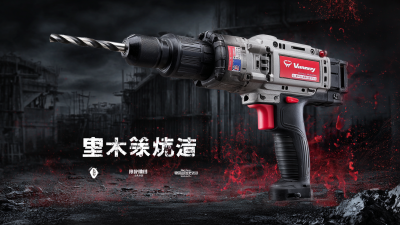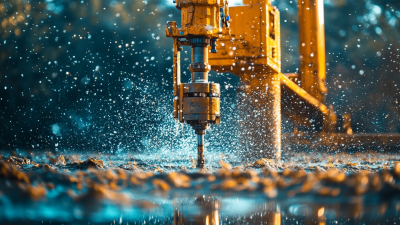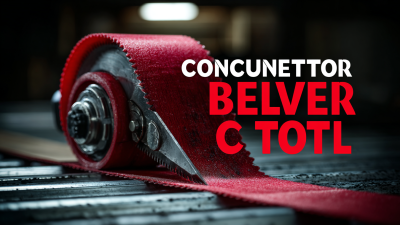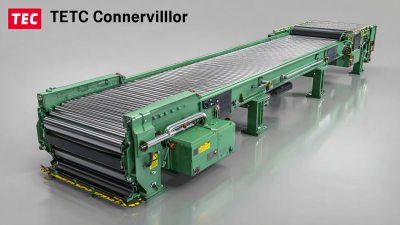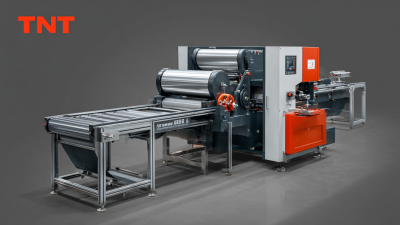The leather goods industry is on the cusp of a technological revolution, with innovations in leather belt cutting machines playing a pivotal role in shaping its future. According to a recent market analysis, the global leather processing machinery market is expected to reach $8.5 billion by 2027, growing at a CAGR of 4.8% from 2020. This surge is fueled by the increasing demand for precision and efficiency in manufacturing processes, where leather belt cutting machines are essential. These advanced machines not only enhance productivity but also reduce waste, meeting the rising consumer expectations for sustainability and quality. As manufacturers embrace automation and smart technologies, the capabilities of leather belt cutting machines are evolving, offering remarkable improvements in speed, accuracy, and customization—elements that are crucial for success in the competitive leather market. Exploring the innovations in this field will provide valuable insights into the future landscape of leather production.

The leather belt cutting machine industry is undergoing a significant transformation driven by key technological advancements that enhance efficiency and precision. One of the most remarkable innovations is the integration of computer numerical control (CNC) technology. This allows manufacturers to produce intricate designs with impeccable accuracy, reducing material waste and significantly increasing production speed. As a result, companies can respond swiftly to market demands and create custom-made products with ease.

Another major advancement is the implementation of advanced software solutions equipped with artificial intelligence (AI). These systems enable operators to optimize cutting patterns based on material properties and project requirements. Furthermore, AI can analyze operational data, helping manufacturers improve machine maintenance schedules and overall productivity. The combination of CNC and AI technologies is not only revolutionizing belt cutting processes but also setting new standards in quality and craftsmanship within the leather industry.
The leather industry is experiencing a significant transformation, driven by the urgent need for sustainable practices and eco-friendly materials. According to a recent report by the Leather Working Group, approximately 60% of leather manufacturers are now prioritizing sustainable sourcing and processing methods. This shift not only reduces the environmental impact of leather production but also responds to the increasing consumer demand for ethically sourced products.
Innovations in leather belt cutting machines are at the forefront of this sustainability movement. Many manufacturers are adopting advanced technologies that minimize waste during production. For instance, automated cutting machines can optimize the layout of patterns on leather hides, achieving up to 30% more efficiency and significantly decreasing material waste. Furthermore, the integration of water-based adhesives and bio-based materials is gaining traction, allowing the industry to lower its carbon footprint. As these innovations unfold, they not only benefit the environment but also pave the way for a more sustainable and responsible leather goods market.
In the rapidly evolving fashion industry, automation and AI are transforming the leather belt cutting processes, heralding a new era of efficiency and productivity. By integrating advanced technologies, manufacturers are able to streamline production lines, reducing waste and enhancing the precision of cuts. AI-driven machinery not only promises to boost productivity but also allows for greater customization, responding to the diverse needs of consumers while maintaining high quality standards.
For those looking to implement these innovations, here are some tips. First, invest in training for staff to ensure they can effectively operate and manage the new automated systems. This can help bridge the gap between traditional crafting methods and modern technology. Second, consider incorporating feedback mechanisms in the production process—this enables continuous improvements and adjustments based on real-time data analysis.
Ultimately, the shift toward automation and AI in leather belt cutting will set a new benchmark for the industry. As productivity gains of up to 40% are anticipated by 2035, embracing these changes now can position businesses favorably for future challenges and opportunities.

In recent years, the leather goods industry has witnessed a significant shift towards customization and personalization, particularly in the realm of leather belt production. Consumers are increasingly seeking products that reflect their individuality and style, pushing manufacturers to adopt innovative leather belt cutting machines equipped with advanced technologies. These machines enable artisans to offer bespoke designs, allowing customers to choose materials, colors, and even engravings, transforming a standard leather belt into a unique fashion statement.
Moreover, the rise of digital technology has streamlined the customization process. Automated cutting machines equipped with CAD (Computer-Aided Design) capabilities can swiftly produce intricate designs that cater to specific customer preferences. This not only enhances production efficiency but also allows for rapid prototyping, testing various styles before they hit the market. As personalization becomes a defining trend in consumer behavior, leather belt cutting machines are evolving to meet these demands, ensuring that manufacturers can stay ahead in a competitive landscape while delighting customers with tailor-made products.
The leather belt manufacturing industry is poised for significant shifts as it faces distinct challenges and opportunities in the near future. With global economic uncertainties, including rising debt levels and geopolitical tensions, manufacturers must navigate a complex landscape. The advancements in leather belt cutting machines, driven by technology and innovation, can offer solutions to streamline operations and reduce costs. Embracing automation and smart manufacturing technologies can help producers respond effectively to market demands while enhancing efficiency.
Moreover, as the industry adapts to these challenges, there are opportunities for sustainability and eco-friendly practices. Consumers are increasingly conscious about the environmental impacts of production, and leather manufacturers can leverage this shift by investing in greener technologies. Innovations in cutting machines that use less waste and energy can significantly improve operational sustainability. By focusing on these advancements, the leather belt industry can not only mitigate risks but also position itself favorably in an evolving market landscape.
This chart illustrates the market impact score of various innovations shaping the leather belt manufacturing industry. The data highlights the importance of automation and technology integration, indicating high potential for growth and efficiency in the future of leather belt cutting machines.

